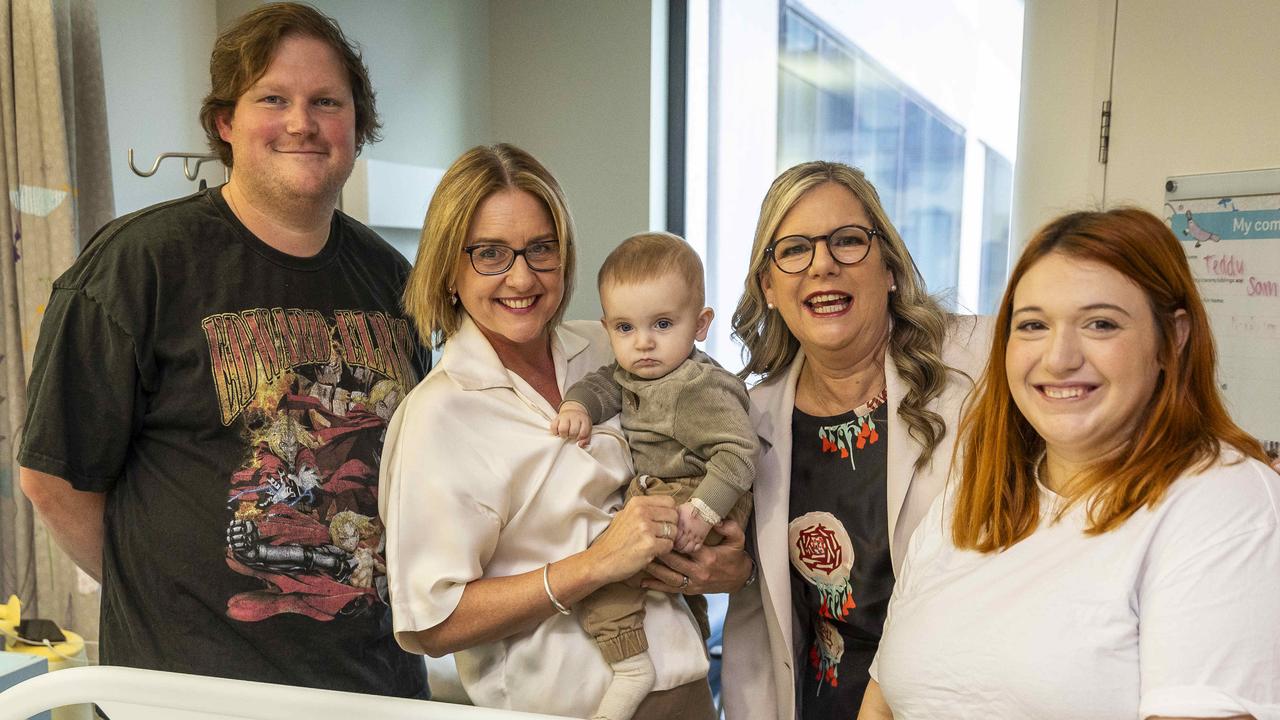Business, infrastructure, transport groups call for stalled $10b Airport Rail Link to be built
Business, infrastructure and public transport groups are all calling on state and federal governments to restart work on the rail link to Melbourne Airport, arguing it will not get cheaper with time.
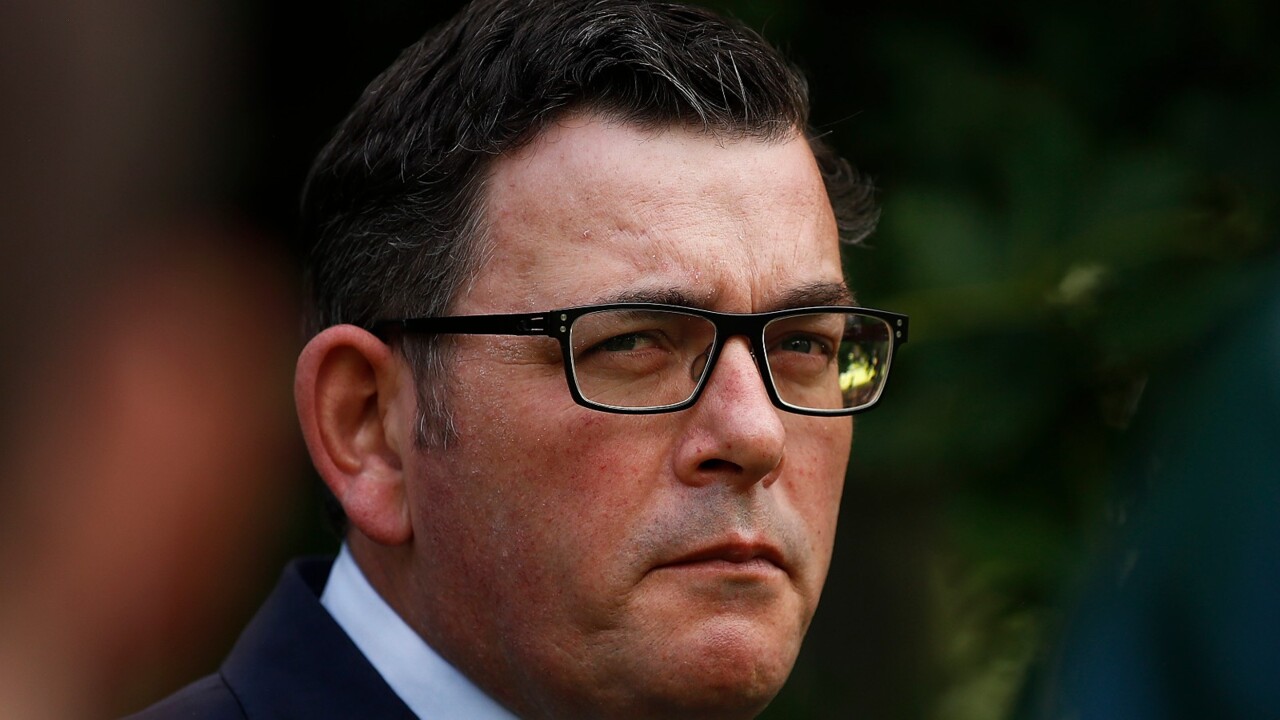
Victoria
Don't miss out on the headlines from Victoria. Followed categories will be added to My News.
A growing chorus of industry and transport groups is calling for state and federal governments to “get on with” building the stalled $10bn Airport Rail Link.
The project, which was paused when a 90-day review of federally-funded infrastructure began in May, is touted as critical for the growing west because it would unlock investment and connect more communities to public transport — including airport workers.
One economic think tank says the project pause should allow time for a re-set of some details, including how to future-proof the Tullamarine precinct by building an underground station beneath terminals rather than an elevated station as planned.
The long-awaited airport link, which would connect the airport to the metropolitan rail network via Sunshine and take passengers to the heart of Melbourne’s CBD in half an hour, was taken to two successive elections by the Andrews Government, and to last year’s federal election by Anthony Albanese.
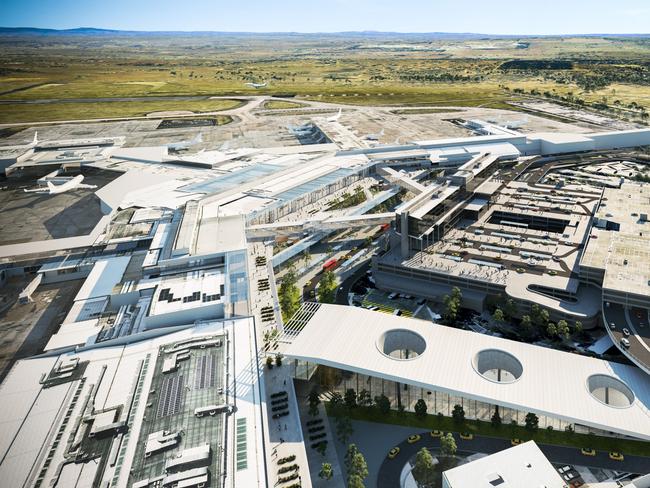
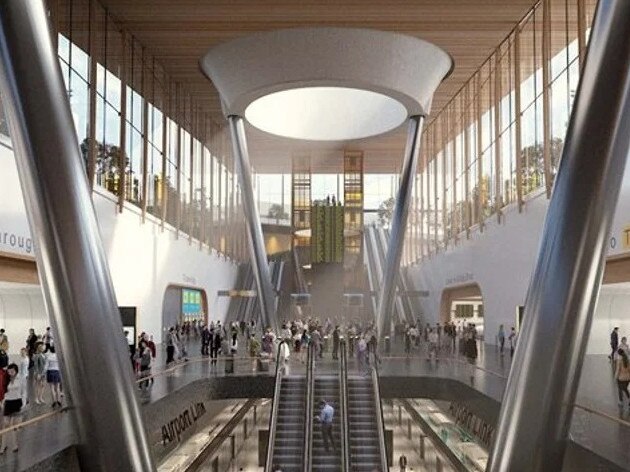
The Herald Sun can reveal that in recent weeks a number of state MPs have questioned why the Commonwealth’s 90-day review of infrastructure has not been released given it is 150 days since it was ordered.
Others say the airport rail link should not have been included in the review given $720m has been spent on the project.
Chief executive at economic think tank the Committee for Melbourne, Mark Melvin, said the project has “got to be done, so let’s get on with it”.
“It’s such a critical piece of infrastructure, it links the west to the CBD and opens up the west from a trade and connectivity point of view,” he said.
But Mr Melvin said project chiefs should reconsider the line’s planned terminus at Tullamarine, saying an underground station would future proof expansion of the airport and the introduction of rail links from the north.
“We all know how easy it is in Sydney, it’s so easy to go down the two sets of escalators, get on a train, and you are in the city in 20 minutes,” he said.
Towards the end of next decade there are expected to be 68 million plan passengers using the airport, and within a decade the combined population of surrounding growth areas such as Brimbank, Hobsons Bay, Maribyrnong, Melton, Moonee Valley and Wyndham are set to add 312,000 residents – taking their combined population to 1.2 million people.
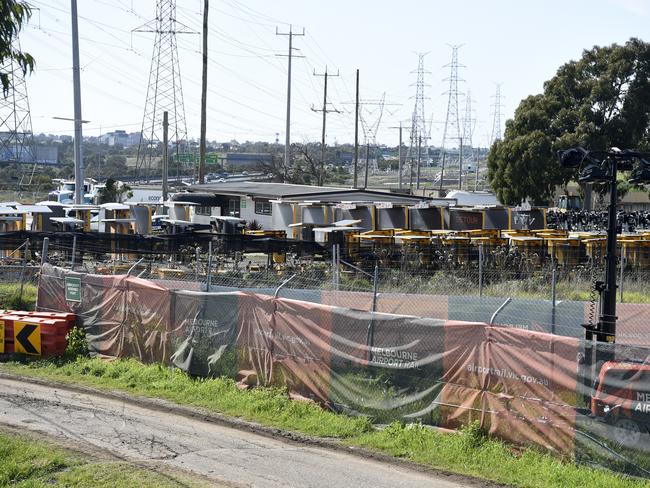
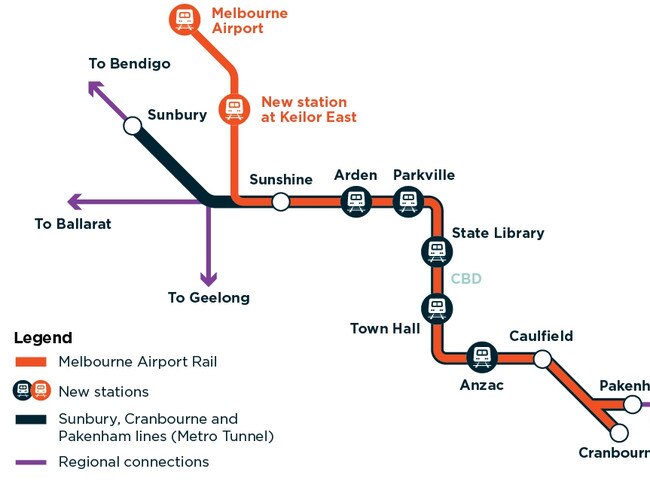
Public Transport Users Association spokesman Daniel Bowen recently posted a blog on the benefits of the project to 20,000 airport workers, and residents in the west, saying “it’s not just for air travellers”.
Opposition transport infrastructure spokesman David Southwick also pointed to wider benefits.
“The Airport Rail Link would connect more residents with a first-class public transport services they deserve, like a superhub in Sunshine and a new station in Keilor East that will link 150,000 nearby residents to the rail network for the first time,” he said.
Victorian Chamber of Commerce and Industry chief executive Paul Guerra said putting the project back on track would deliver benefits for a global city that has a 24-hour airport.
“It’s not going to get any cheaper to build this into the future,” he said.
North Link executive director Chris James said it would also “unlock precincts in key suburban areas and open them up for jobs” – advocating future extensions to the north of Tullamarine through to Broadmeadows as beyond.
The Andrews Government did not respond to questions, while an Albanese Government spokesman said federal Infrastructure Minister Catherine King was considering the infrastructure investment review “in detail” before a response to the recommendations was released.
“She is consulting closely with her state and territory counterparts, and Federal colleagues to determine how to proceed in a way that best serves the interests of the Australian public and doesn’t contribute to inflation and cost of living pressures.”


